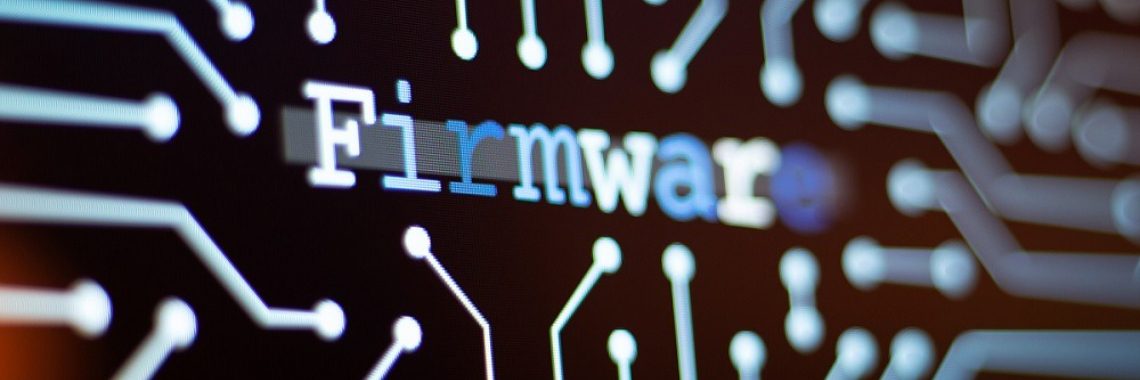What is Firmware?

what is firmware?
Introduction:
Firmware is a specific class of computer software that provides the low-level control for a device's specific hardware. Firmware, such as the BIOS of a personal computer, may contain basic functions of a device, and may provide hardware abstraction services to higher-level software such as operating systems. For less complex devices, firmware may act as the device's complete operating system, performing all control, monitoring and data manipulation functions. Typical examples of devices containing firmware are embedded systems, home and personal-use appliances, computers, and computer peripherals.
Applications:
Personal Computers:
some respects, the various firmware components are as important as the operating system in a working computer. However, unlike most modern operating systems, firmware rarely has a well-evolved automatic mechanism of updating itself to fix any functionality issues detected after shipping the unit. The BIOS may be "manually" updated by a user via a small utility program. In contrast, firmware in mass storage devices (hard-disk drives, optical disc drives, flash memory storage e.g. solid state drive) rarely gets updated, even when flash memory (rather than ROM, EEPROM) storage is used for the firmware. Most computer peripherals are themselves special-purpose computers. Devices such as printers, scanners, webcams, and USB flash drives have internally-stored firmware; some devices may also permit field upgrading of their firmware. Some low-cost peripherals no longer contain non-volatile memory for firmware, and instead rely on the host system to transfer the device control program from a disk file or CD.
Home and Personal Use Products:
As of 2010, most portable music players support firmware upgrades. Some companies use firmware updates to add new playable file formats (codecs). Other features that may change with firmware updates include the GUI or even the battery life. Most mobile phones have a firmware over the air firmware upgrade capability for much the same reasons; some may even be upgraded to enhance reception or sound quality.
Automobiles:
Since 1996, most automobiles have employed an on-board computer and various sensors to detect mechanical problems. As of 2010, modern vehicles also employ computer-controlled anti-lock braking systems (ABS) and computer-operated transmission control units (TCUs). The driver can also get in-dash information while driving in this manner, such as real-time fuel economy and tire pressure readings. Local dealers can update most vehicle firmware.
Flashing:
Flashing involves the overwriting of existing firmware or data, contained in EEPROM or flash memory module present in an electronic device, with new data. This can be done to upgrade a device or to change the provider of a service associated with the function of the device, such as changing from one mobile phone service provider to another or installing a new operating system. If firmware is upgradable, it is often done via a program from the provider, and will often allow the old firmware to be saved before upgrading so it can be reverted to if the process fails, or if the newer version performs worse. Free software replacements for vendor flashing tools have been developed, such as Flashrom.





then €5.99/month after 14 days
Start your 14-day free trial now to publish your sponsored content. Cancel anytime.